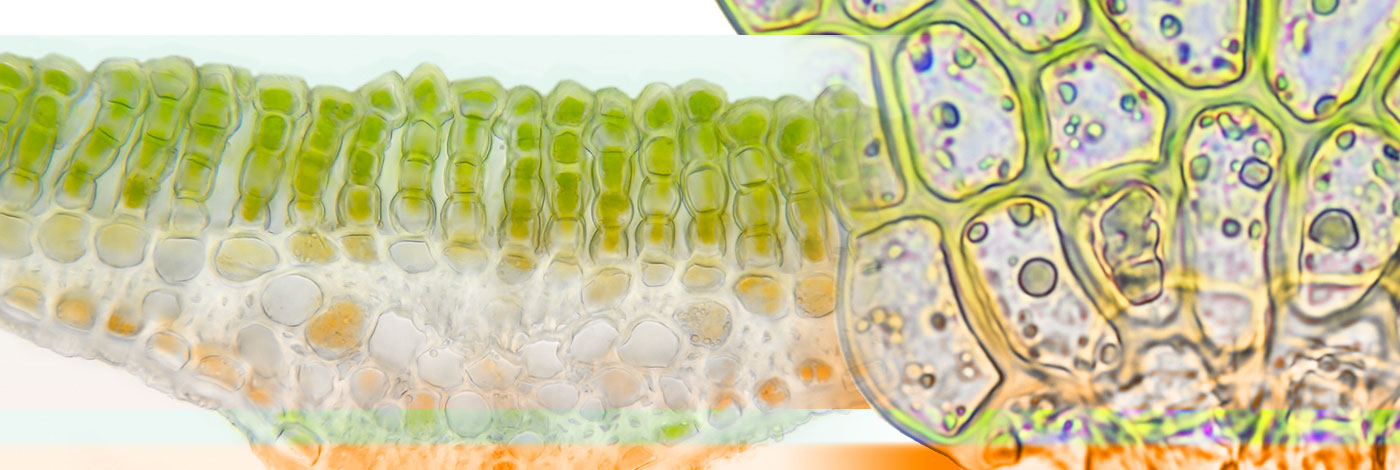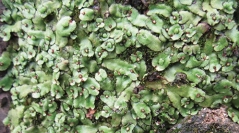

 Cryptogamie, Bryologie
44 (8) - Pages 183-195
Cryptogamie, Bryologie
44 (8) - Pages 183-195Bryophyte colonization on selected monuments of Champaner Pavagadh UNESCO World Heritage site was investigated. A total of seventeen bryophytes including nine liverworts, six mosses and two hornworts, causing degradation of the monuments, were recorded. The geological substrate was studied by a thin section of substratum and Powder X-Ray Diffraction analysis. Microscopic images of the thin section of geological substrate of the samples showed the presence of quartz, ferruginous materials, calcareous materials, orthoclase and plagioclase feldspar minerals. The XRD analysis spectra revealed the presence of different minerals such as aluminosilicate, calcite, muscovite, hematite, magnetite, orthoclase and plagioclase feldspar. The geological investigation showed that selected monuments are composed of the most calcareous materials. Hence, calcium uptake by Asterella wallichiana (Lehm. & Lindenb.) Grolle and Hyophila involuta (Hook.) A.Jaeger from the substratum was studied using a flame photometer. Maximum calcium uptake (i.e., 52 µg/mg) was obtained for plant samples of Asterella wallichiana compared to Hyophila involuta (i.e., 36 µg/mg). Bryophyte colonization on monuments was initiated by humus formation, followed by the protonema stage, mature gametophyte and rhizoids penetration into crevices as well as porous surfaces, forming cracks and degrading structures. This deterioration mechanism due to bryophyte colonization is explained by pictorial representation.
Biodeterioration, calcium uptake, liverworts, mosses, minerals